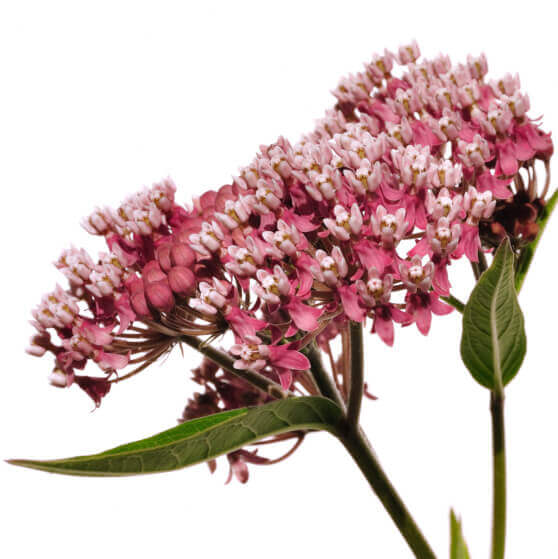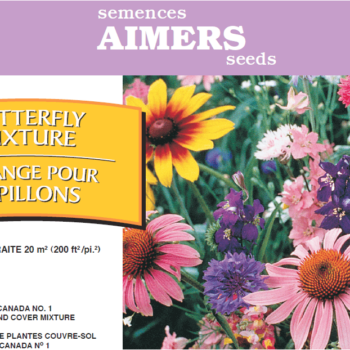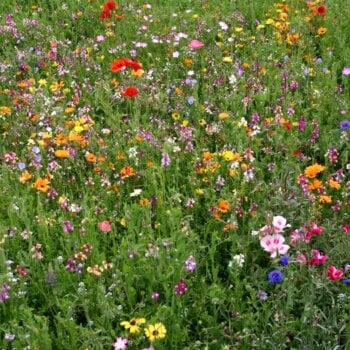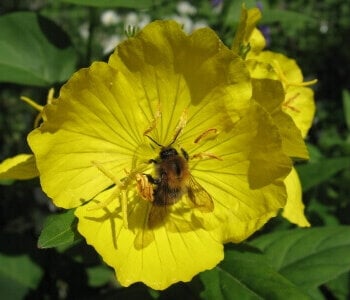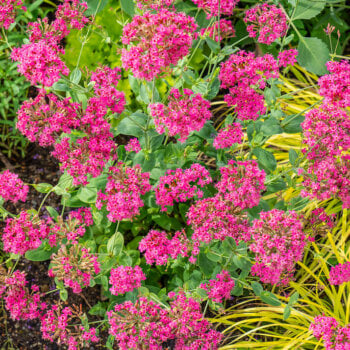Description
Red Swamp Milkweed Seeds 6985 (Asclepias incarnata). Native of Canada. Perennial.
Approx. 50-60 seeds/pkt (125 seeds/gram)
Red swamp milkweed is a beautiful Ontario native plant at home in wetland areas. Like other members of the milkweed family, it is an important plant for providing nectar for native pollinators and butterflies. In particular it is a crucial host plant for both adult Monarch butterflies (Danaus plexippus) which lay their eggs on them and the emergent caterpillars which feed exclusively on the leaves. The flowers appear in early to mid summer and are borne in rounded clusters known as umbels. They are quite ornamental, shading from pink to mauve through to almost purple with a pleasant fragrance. Plants grow from 100-150 cm tall. Note that the white sap found in all parts of the plant contains cardiac glycosides that are poisonous to humans and livestock if ingested in significant quantities. Perennial hardy to Zone 3. For many native and perennial plants, late fall is the best time to sow seed directly outside. Why you ask? Simply put, many of these plants produce seed that is viable but dormant. This means allowing seeds to naturally stratify over winter will “wake up” the dormant seed for best results.
How to Grow
Naturally stratify seed by sowing directly outdoors in the fall in a sunny wet soil site – cover seed very lightly with soil. Indoors sow seed in a soil-less medium in early February, barely cover seed as diffuse light aids germination. Stratify seed by placing container in a refrigerator or other cold place for 3 months. Bring the container out and keep at 20° C for the 10-18 day germination period. Grow on under lights at a slightly cooler temperature before hardening off and transplanting outside to a sunny spot in continually damp to very wet soil. Like all members of the milkweed group, seed from mature plants disperses easily by wind action.

